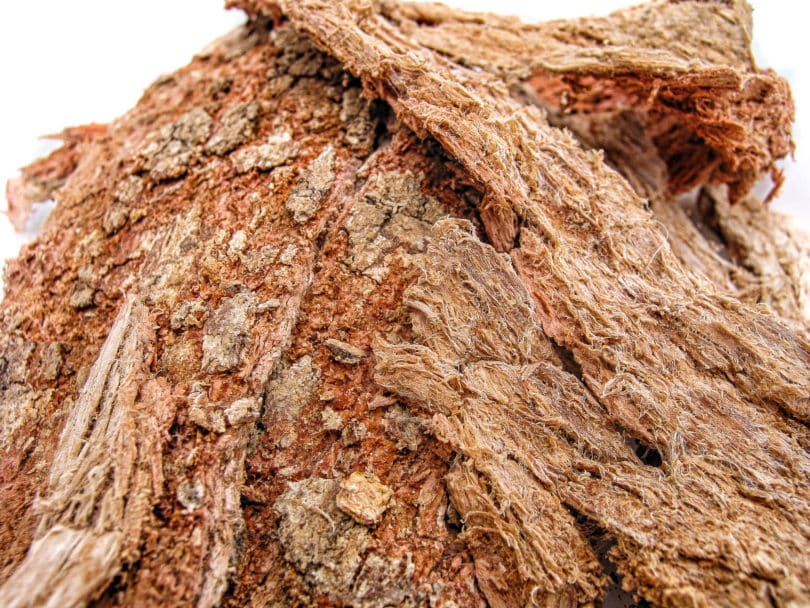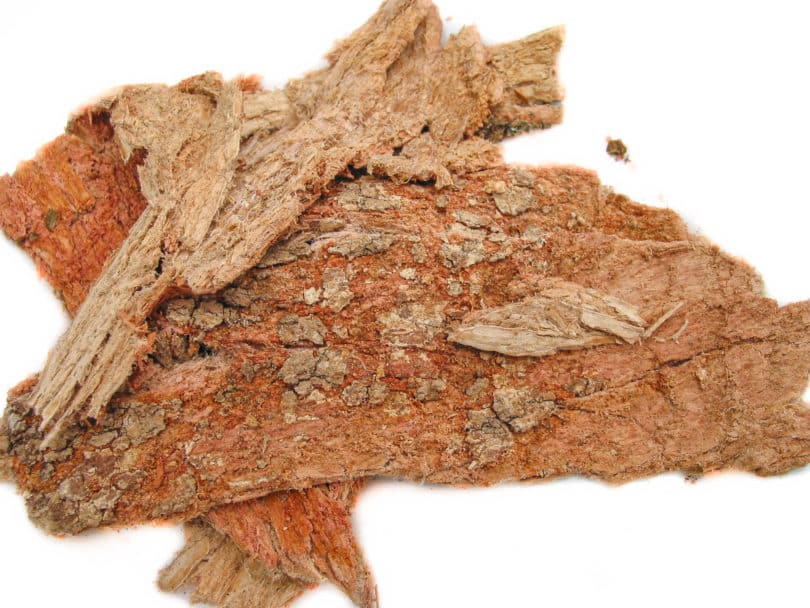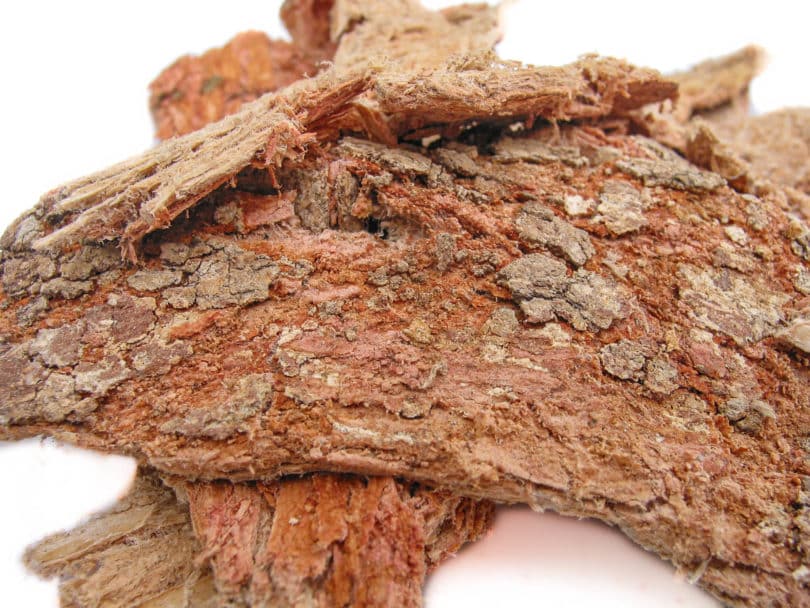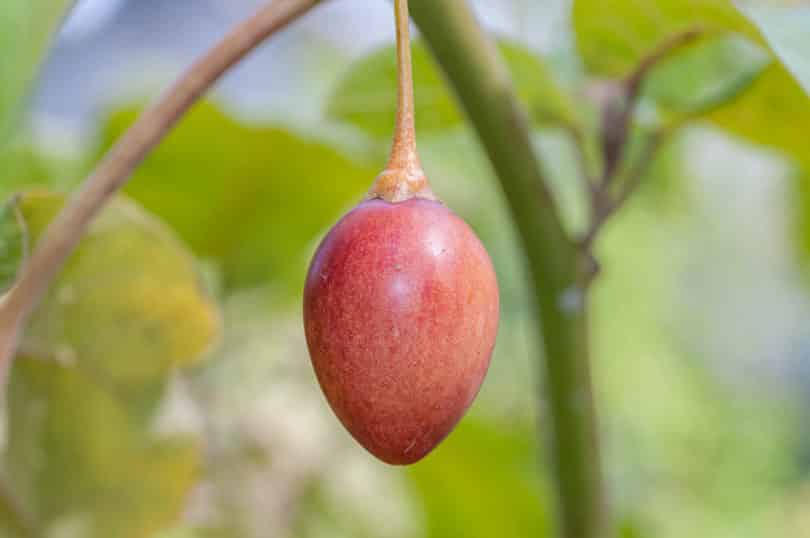
The small to medium sized Cancerina shrub grows in dry to semi-arid regions of Mexico and is known by the botanical name Semialarium mexicanum. For centuries, the plant has been used in the traditional medicine of indigenous communities in Mexico, especially for the treatment of skin diseases and gastrointestinal disorders.
Scientific name
Semialarium mexicanum (Miers) Mennega
Synonyms
- Hemiangium excelsum
- Hippocratea excelsa Kunth
- Hemiangium excelsum (Kunth) A.C.Sm.
- Hippocratea mexicana Miers
- Hippocratea uniflora Moc. & Sessé ex DC.
- Prionostemma setuliferum Miers
Common names
palo piojo (Spanish), cancerina (Mexico), Palo de rosa (Nicaragua), guácharo (Costa Rica), crucillo (Costa Rica), matapiojo (Costa Rica)
Family
Celastraceae (Spindle tree family). The species was formerly assigned to the family Hippocrateaceae.
Properties from Semialarium mexicanum
The medicinal plant is used in Mexico as a traditional medicine for stomach ulcers and stomach cancer. Animal studies have demonstrated efficacy of the drug against gastric ulcers. Semialarium mexicanum was also found to have anti-inflammatory as well as bactericidal effects. Externally, a tea is used for washing and cleaning wounds. In Costa Rica, a decoction of the seeds is used to treat lice. The plant is also used as firewood.
Fotos Semialarium mexicanum


Origin and distribution
Semialarium mexicanum is found from Mexico to Panama and grows at altitudes up to about 650 meters.
References
Alanis, A. et al. (2005): Antibacterial properties of some plants used in Mexican traditional medicine for the treatment of gastrointestinal disorders. Journal of Ethnopharmacology 100 [1-2]
Gargiullo, Margaret B. (2008): A field guide to plants of Costa Rica. Oxford University Press, New York
Grijalva Pineda, Alfredo (2006): Flora Útil Etnobotánica de Nicaragua. Gobierno de Nicaragua. Ministerio del Ambiente y los Recursos Naturales MARENA. Managua, Nicaragua
House, Paul R. (2007): Etnobotánica Maya, Parque Arqueológico Ruinas de Copán. Instituto Regional de Biodiversidad, IRBio, Centro Zamorano de Biodiversidad CZB, Asociación Copan, Instituto Nacional de Biodiversidad INBio, Instituto Hondureño de Antropología e Historia IHAH, Honduras
Leon, Jorge; Poveda, Luis J.; Sanchez Vindas, Pablo (1999): Los nombres comunes de las plantas en Costa Rica. Editorial Fundación UNA, Costa Rica
Instituto Nacional Indigenista (1994): Atlas de las Plantas de la Medicina Tradicional Mexicana.
Navarrete, A. et al. (2002): Principles of root bark of Hippocratea excelsa (Hippocrataceae) with gastroprotective activity. Journal of Ethnopharmacology 79 [3]
Perez, R. et al. (1995): Anti-inflammatory activity of the bark of Hippocratea excelsa. Journal of Ethnopharmacology 47 [2]
Popoca, J. et al. (1998): Cytotoxic activity of selected plants used as antitumorals in Mexican traditional medicine. Journal of Ethnopharmacology 59 [3]

